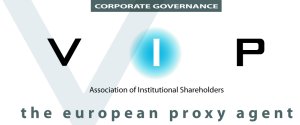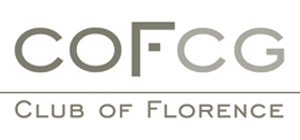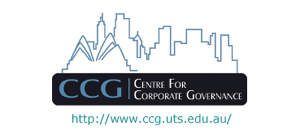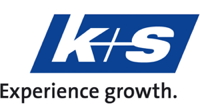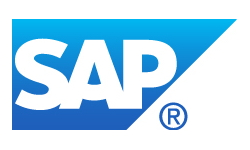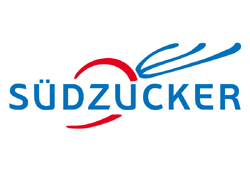The German Mittelstand
German SME enthusiasm for R & D investment vital.
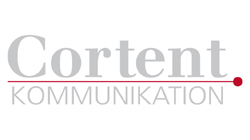
In 2012 the German economy invested the record amount of 53.79 thousand million Euros in Research and Development, greater than the 5.3% expenditure of the previous year and equal to almost 3% of the nation’s GDP. The data is contained in the economic statistics for 2014, published by Stifterverband für die Deutsche Wirtschaft.
The relative associations point out that much of the innovation is not produced by large companies but by small to mid size enterprises. In pharmaceuticals, the European Pharmacological Agency, EMA states that some 27% of the innovative pharmaceutical products developed between 2010 and 2012 and approved for use in the EU came from very small, small and medium size enterprises. Similarly, software draws life from the creativity of small units. The success of the “Year 1602” computer game, a project developed jointly between Max Design in Austria and Sunflowers in Germany, is considered a classic example as well as a model for many successive strategic simulations .
The EUROSTAT numbers crunched by the Institut für Mittelstandsforschung in Bonn tend to dilute the major successes of small companies in that the number of enterprises producing innovative technology increases in direct proportion to their size. One in ten (11.1%) of companies of 10-49 employees has produced innovation, but the number rises to 18.6% in companies with a staff of 50-249 and in bigger companies still (more than 250 employees) to even 33,3 per cent.
What the numbers don’t say, though, is that many innovations are bought up by large groups before breaking on to the market and making the grade. It is an everyday occurrence for big players in pharmaceuticals to buy up high-potential phase III products developed by smaller companies and, on securing authorisation, market them with the force that only a major group can deploy. In the end it is a win-win situation. It is costly and difficult for a small company to launch a new product. Their efforts are recompensed by licence royalties which are often linked to the product’s success on the market. A similar approach is adopted for software. Electronic Arts, the games major, is deemed to be the largest purchaser of lab programming products.
The amount that small and mid size companies can afford to budget for research and development is often limited. When it comes to planning how much to invest in innovative products, however, it often pays to be rather more bold. Innovation is often the springboard for growth in turnover. It matters little who wins in the end – investing in R & D is always worthwhile financially even, indeed above all for small companies.

